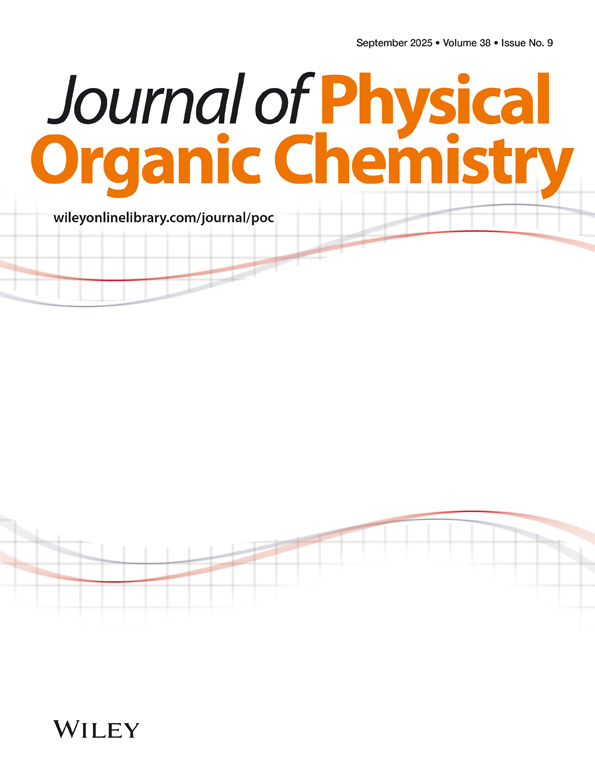EPR/ENDOR study of the decay of trapped radicals in photopolymerized butane-1,4-diol diacrylate
Abstract
Long-lived trapped radicals produced during the photopolymerization of butane-1, 4-diol diacrylate (BDDA) were studied by EPR and ENDOR spectroscopy and their thermal decay was followed by EPR measurements at different temperatures (40–120 °C) for kinetic study. The EPR signal showed the superimposition of two different patterns, a three-line and a single-line spectrum. Both EPR patterns decayed following first-order kinetics in the investigated temperature range. Activation parameters of the decay were obtained. The EPR patterns were attributed to the same radical species situated in fluid and in cross-linked regions of the photopolymerized BDDA. Radicals of the latter kind undergo electron spin exchange strong enough to wash out the hyperfine splitting. The single-line width is mainly determined by electron spin dipole–dipole interactions. The ENDOR response is only of the matrix kind, typical of radicals in a solid phase. The present model was also compared with recent literature reports.




